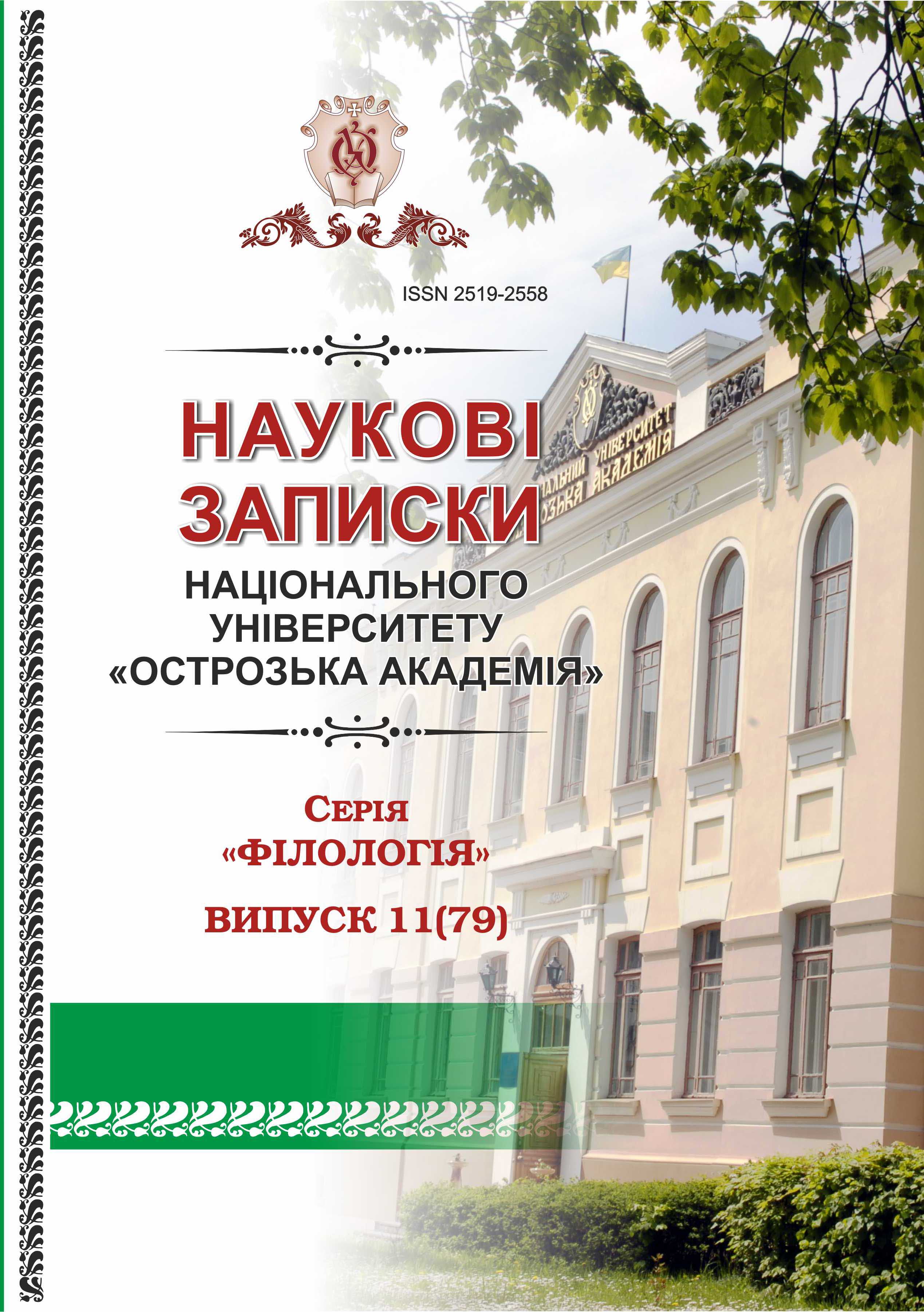TRANSLATION IN A FOREIGN LANGUAGE CLASSROOM
Keywords:
translation, task, activity, foreign language, teachingAbstract
The article deals with the issue of translation in teaching a foreign language.
It considers some of the many objections thinkers and practitioners have to translation, and some of the possible benefits of its use. Translation was the basis of language teaching for a very long time, and then rejected as new methodologies started to appear. It was not so long ago that a great number of teachers admitted feeling guilty about using students’ L1 in the English classrooms. Together with drilling, grammar and other ingredients of English teaching, translation has been too easily demonized for too many years. It is clear that the use of L1 has to be restricted or allowed only when benefits clearly counteract drawbacks. Learners may not see the value of translation as an activity to help them learn English, and instead see it as a specialised, and difficult, activity. It is stated that by relying on translation, students don't develop the 'real world' strategies, which could help them to negotiate meaning and communicate when they need to make themselves understood or to understand someone who doesn't share their language. But many ELT teachers and theorists now see the validity and value of translation as an activity in communicative classrooms. Translation in groups can encourage learners to discuss the meaning and use of language at the deepest possible levels as they work through the process of understanding and then looking for equivalents in another language. Discussion of differences and similarities during the translation process helps learners understand the interaction of the two languages and the problems caused by their language.

